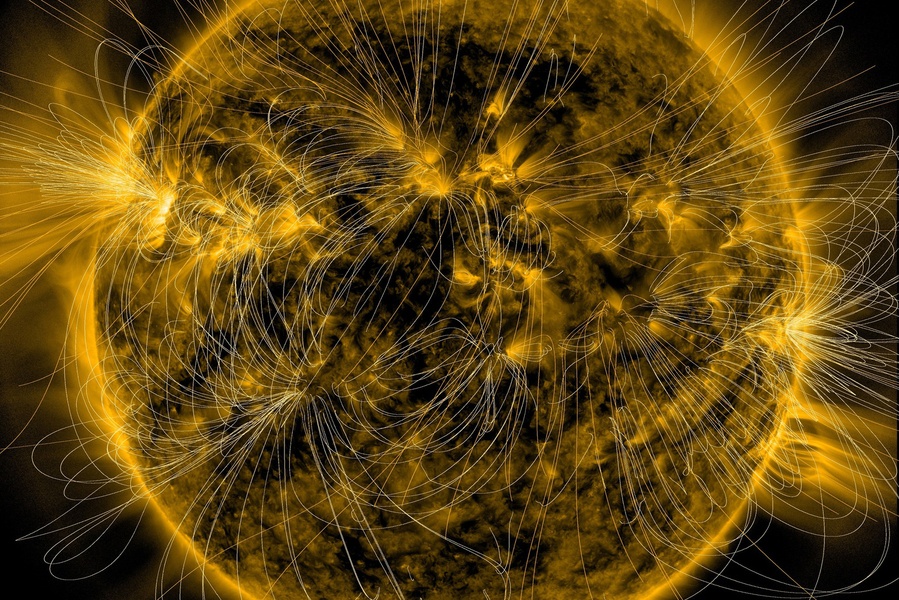Sometimes, it seems like habitable worlds can pop up almost anywhere in the universe. A recent paper from a team of citizen scientists led by researchers at the Flatiron Institute might have found an excellent candidate to look for one – on a moon orbiting a mini-Neptune orbiting a star that is also orbited by another star.
Continue reading “A Mini-Neptune in the Habitable Zone in a Binary Star System”Astronomy Generates Mountains of Data. That’s Perfect for AI
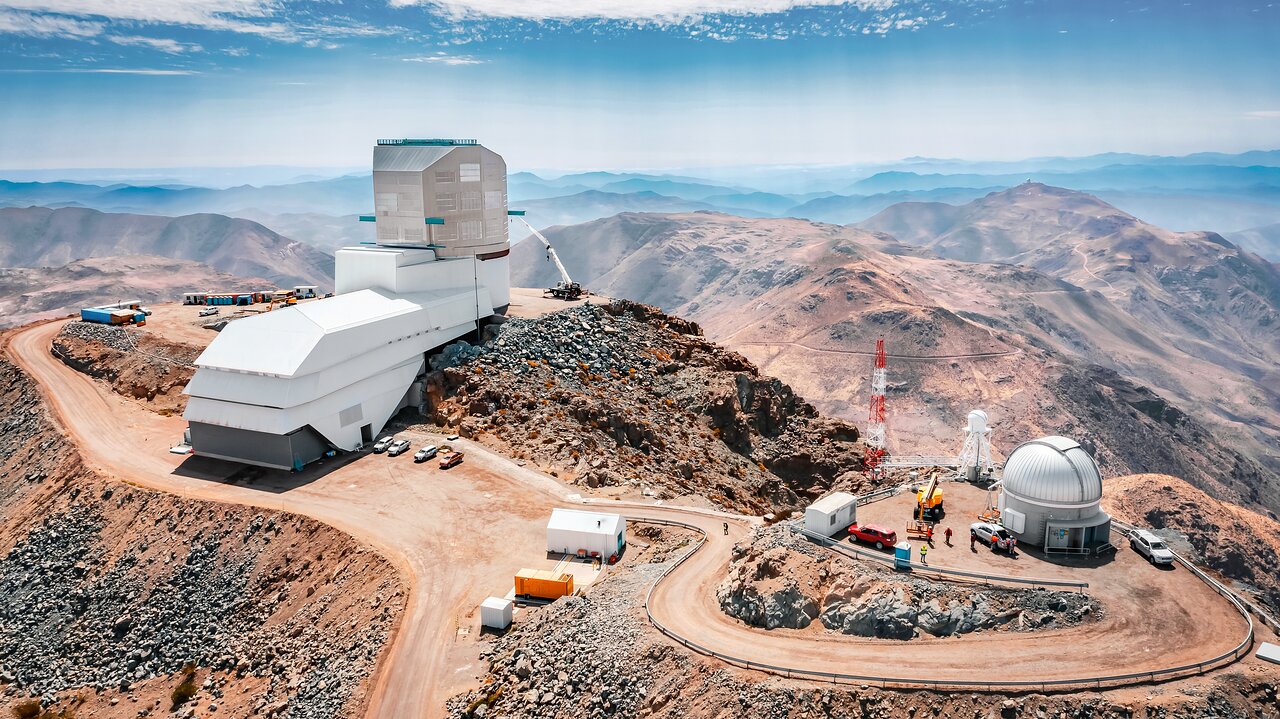
Consumer-grade AI is finding its way into people’s daily lives with its ability to generate text and images and automate tasks. But astronomers need much more powerful, specialized AI. The vast amounts of observational data generated by modern telescopes and observatories defies astronomers’ efforts to extract all of its meaning.
Continue reading “Astronomy Generates Mountains of Data. That’s Perfect for AI”The Sun’s Magnetic Field Might Only Be Skin Deep
It’s coming back! Sunspot AR3664 gave us an amazing display of northern lights in mid-May and it’s now rotating back into view. That means another great display if this sunspot continues to flare out. It’s all part of solar maximum—the peak of an 11-year cycle of solar active and quiet times. This cycle is the result of something inside the Sun—the solar dynamo. A team of scientists suggests that this big generator lies not far beneath the solar surface. It creates a magnetic field and spurs flares and sunspots.
Continue reading “The Sun’s Magnetic Field Might Only Be Skin Deep”Volcanoes Were Erupting on Venus in the 1990s
Start talking about Venus and immediately my mind goes to those images from the Venera space probes that visited Venus in the 1970’s. They revealed a world that had been scarred by millennia of volcanic activity yet as far as we could tell those volcanoes were dormant. That is, until just now. Magellan has been mapping the surface of Venus and between 1990 and 1992 had mapped 98% of the surface. Researchers compared two scans of the same area and discovered that there were fresh outflows of molten rock filling a vent crater! There was active volcanism on Venus.
Continue reading “Volcanoes Were Erupting on Venus in the 1990s”Enjoy Five New Images from the Euclid Mission

We’re fortunate to live in these times. Multiple space telescopes feed us a rich stream of astounding images that never seems to end. Each one is a portrait of some part of nature’s glory, enriched by the science behind it all. All we have to do is revel in the wonder.
Continue reading “Enjoy Five New Images from the Euclid Mission”Mars InSight Has One Last Job: Getting Swallowed by Dust on the Red Planet
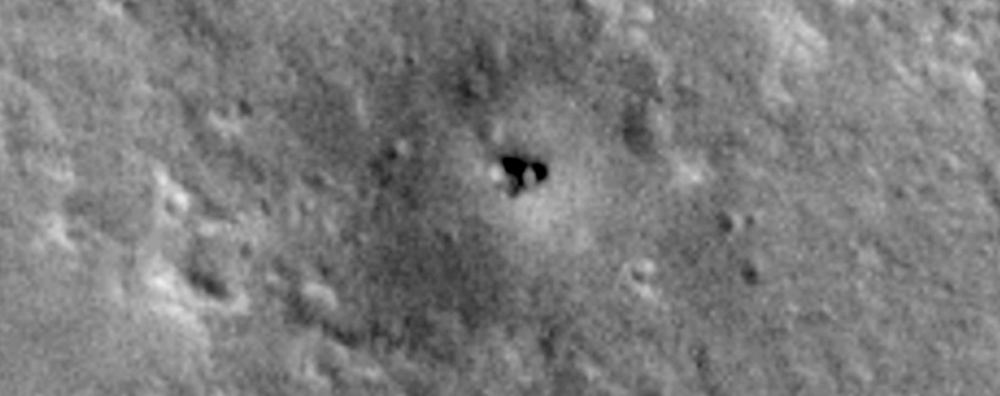
Normally you don’t want dust to get into your spacecraft. That was certainly true for the InSight mission to Mars, until it died. Now, however, it’s acting as a dust collector, and Mars Reconnaissance Orbiter (MRO) scientists couldn’t be happier.
Continue reading “Mars InSight Has One Last Job: Getting Swallowed by Dust on the Red Planet”Merging Black Holes Could Give Astronomers a Way to Detect Hawking Radiation

Nothing lasts forever, including black holes. Over immensely long periods of time, they evaporate, as will other large objects in the Universe. This is because of Hawking Radiation, named after Stephen Hawking, who developed the idea in the 1970s.
The problem is Hawking Radiation has never been reliably observed.
Continue reading “Merging Black Holes Could Give Astronomers a Way to Detect Hawking Radiation”Starlinks Can Produce Surprisingly Bright Flares to Pilots

How can sunlight reflecting off SpaceX’s Starlink satellites interfere with ground-based operations? This is what a recently submitted study hopes to address as a pair of researchers investigate how Starlink satellites appear brighter—which the researchers also refer to as flaring—to observers on Earth when the Sun is at certain angles, along with discussing past incidents of how this brightness has influenced aerial operations on Earth, as well. This study holds the potential to help spacecraft manufacturers design and develop specific methods to prevent increased brightness levels, which would help alleviate confusion for observers on Earth regarding the source of the brightness and the objects in question.
Continue reading “Starlinks Can Produce Surprisingly Bright Flares to Pilots”A Weather Satellite Watched a Space Rock Burn Up Above Spain and Portugal
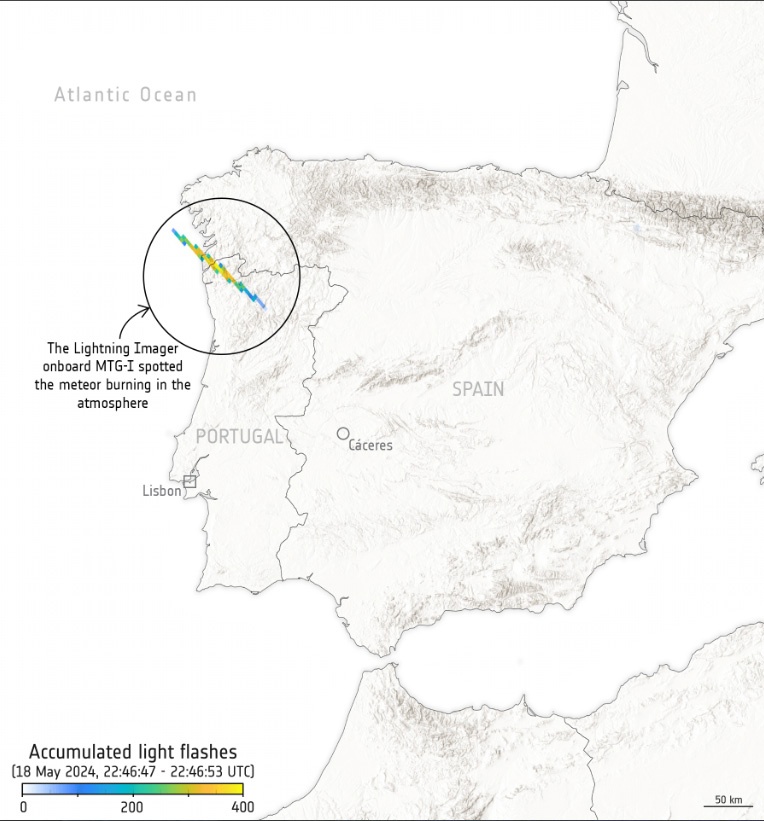
It’s been a momentous May for skywatchers around the world. First the big auroral event of May 10-11, next a flaming space rock entering over Spain and Portugal. The inbound object was captured by ground-based cameras and the MeteoSat Third Generation Imager in geostationary orbit.
Continue reading “A Weather Satellite Watched a Space Rock Burn Up Above Spain and Portugal”Galaxies in the Early Universe Preferred their Food Cold
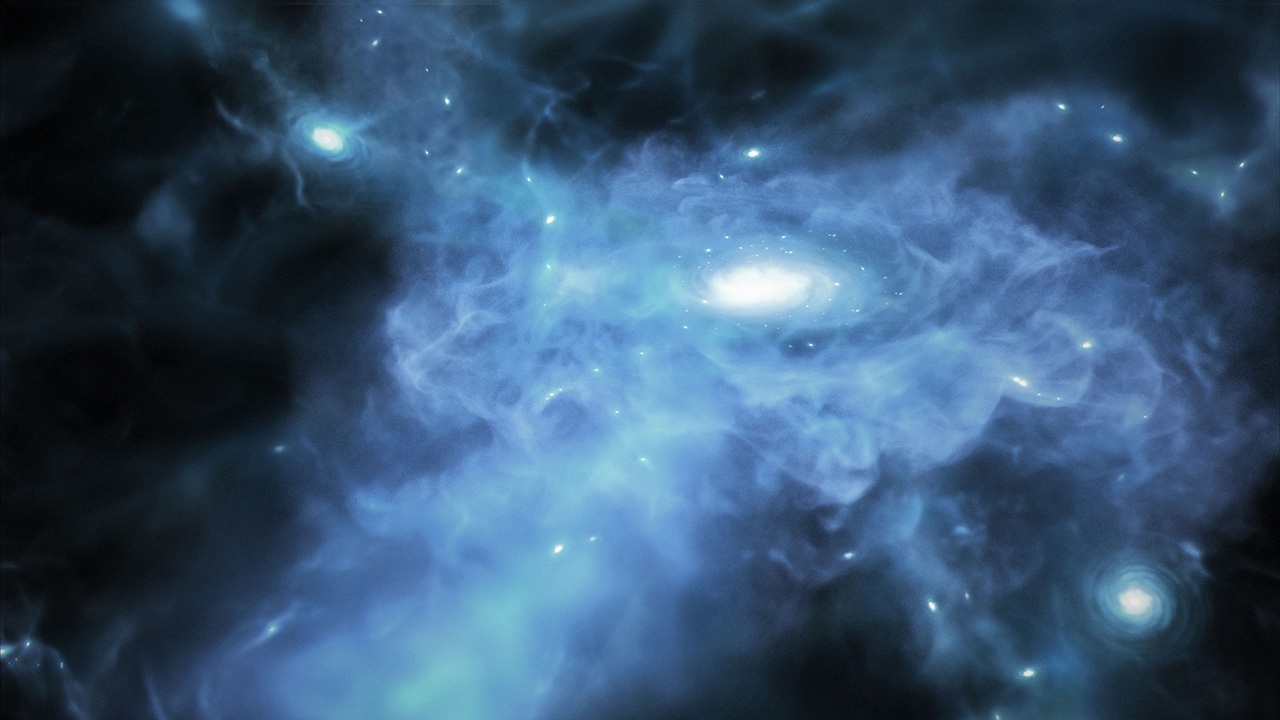
One of the main objectives of the James Webb Space Telescope (JWST) is to study the early Universe by using its powerful infrared optics to spot the first galaxies while they were still forming. Using Webb data, a team led by the Cosmic Dawn Center in Denmark pinpointed three galaxies that appear to have been actively forming just 400 to 600 million years after the Big Bang. This places them within the Era of Reionization, when the Universe was permeated by opaque clouds of neutral hydrogen that were slowly heated and ionized by the first stars and galaxies.
This process caused the Universe to become transparent roughly 1 billion years after the Big Bang and (therefore) visible to astronomers today. When the team consulted the data obtained by Webb, they observed that these galaxies were surrounded by an unusual amount of dense gas composed almost entirely of hydrogen and helium, which likely became fuel for further galactic growth. These findings already reveal valuable information about the formation of early galaxies and show how Webb is exceeding its mission objectives.
Continue reading “Galaxies in the Early Universe Preferred their Food Cold”

